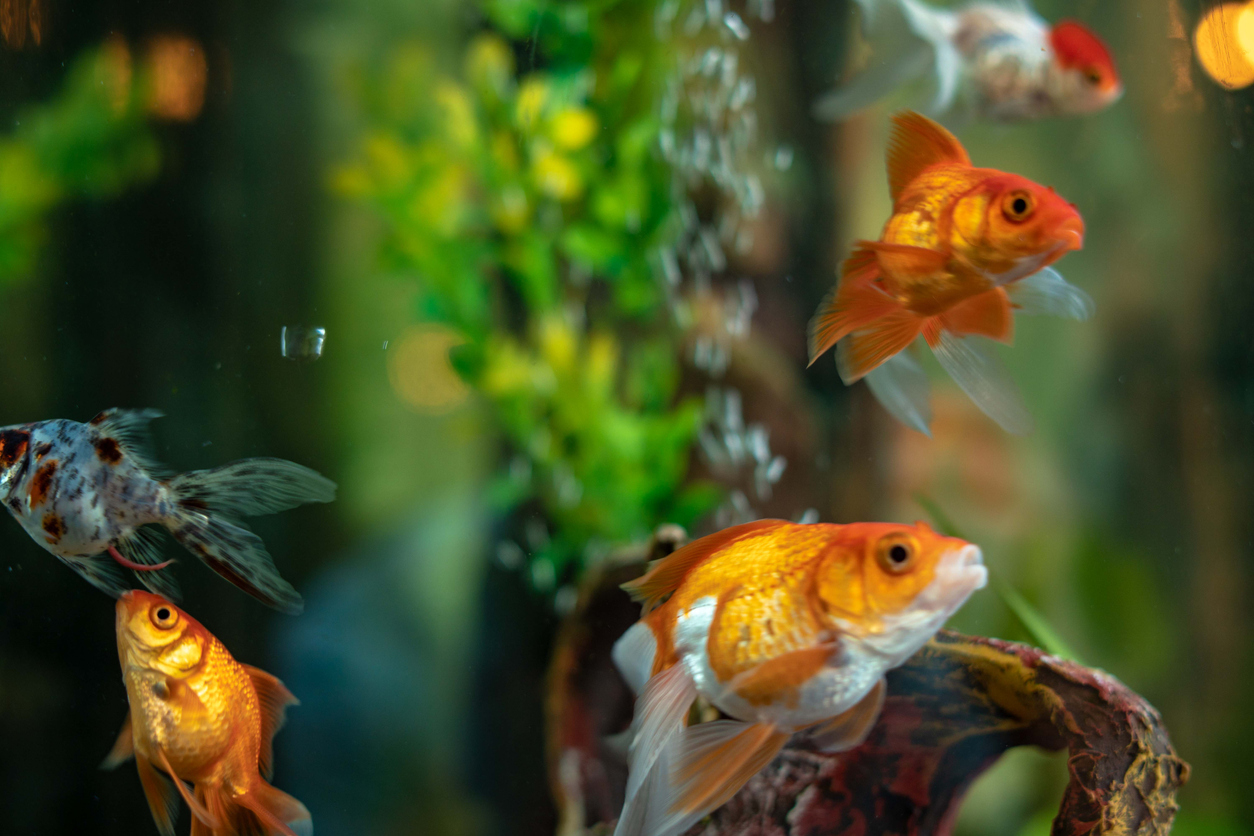

Definitely look into quality water filters and be prepared to change at least 25 percent of their tank water weekly.Īppearance: White with a short red stripe and an iridescent blue stripe Size: 1.5-2.5 inches Characteristics: Social, active Maintenance: Low to Moderate Habitat: 20+ gallon tank for a school Compatible with: Neon Tetras, small friendly fish, bottom dwellers Diet: Omnivore Life Expectancy: 5-10 years Type: Schooling, egg-layer Even more crazy is their ability to produce a lot of poop. Crazily enough, fantails don’t exist in the wild their closest relative is the wild carp. Though slow-moving, they love to explore, so avoid large pebble substrate which could cut them if they decide to dig around. Fantail goldfish do well with other calm creatures who can live in cooler water. These are dazzling fish with mellow dispositions. Just look at their lengthy tails and fins. Goldfish are the quintessential pet fish! There are actually many varieties of goldfish (Oranda, Shubunkin, Comet, Ryukin) but we chose the fantail for its flair. Since many pet fish opt to swim at the mid- and top-levels of the tank, substrate really only affects creatures who get into and near it.Īppearance: Round with long tails orange, white, black or calico Size: 6-8 inches (this includes the tail!) Characteristics: Mellow Maintenance: Low to Moderate Habitat: 10-20+ gallon tank Compatible with: Slow, calm fish like Cory Catfish or other goldfish Diet: Omnivore, ideally live or frozen food Life Expectancy: 5-10 years Type: Egg-layer Sand, pebbles and rocks are all substrate options, though it seems soft sand is preferable to bottom dwellers and fish that enjoy digging. Substrate is the word used to describe the material on the floor of an aquarium. However, plants alone are usually not sufficient filters! If your pet fish poops a ton or you have several different species in one habitat, a high-quality water filter is a must. Not only do plants provide shelter and protection, they help oxygenate the water and filter the tank naturally. The goal is to recreate their natural habitats.
:max_bytes(150000):strip_icc()/goldfish-in-bowl-589015030-57ffe4e05f9b5805c2b07851.jpg)
Speaking of environment, have some fun with it! Many fish enjoy having real plants in their tanks. You’ll need to know the stats so you can keep tabs on their environment. No matter what, be prepared to spend quality time studying each species you plan to toss in a tank. Again, many of the best pet fish are adaptable and can thrive within wider ranges. Hardness refers to how saturated the water is with certain minerals. This means adhering to certain temperatures, pH levels and hardness ranges. Happy pet fish live in tanks designed specifically for them.


 0 kommentar(er)
0 kommentar(er)
